Check out Lobo on YOU TUBE:
•••••••••••••••••••••••••••••••••••••••••••••••••••••••••••••••
www
.youtube.com/user/travelswithlobo
**********************************************************
Our Day with the Monarch Butterflies
On our way to the Tourist Information Centre to enquire about transportation to the El Rosario Butterfly Sanctuary, we were approached by a second man who offered to take us there with another couple the following morning.
Since the price had now been reduced to 200 pesos per couple and the man seemed likeable enough, although unable to speak English, we decided to accept.
At 08:00 the next morning we crossed the street to the Hotel Alcatraz where the owner, Herman Hedina Nieto, was waiting to take us in his Chevy Suburban to the El Rosario Monarch Butterfly Sanctuary which was only 6 kilometres away. His Chevy Suburban has a large sign attached to it - Transporte al Sanctuario de la Mariposa.
You can stay at Herman's Hotel Alcatraz for 250 pesos a night. (Phone 01-715-1560576).
Our group had now grown to 6 people, which would have lowered our price to about 130 pesos or $13 Can. per couple. By the way for Canadians, conversion from pesos is easy as the exchange is about 10 pesos for $1 Can
.
As it turned out the original couple mentioned in the previous blog dropped out so we were back to two couples. This turned out to be a fortunate turn of events for us as the young couple that was joining us turned out to be Miriam, a biologist from Mexico City and her boy friend, Akido, from New York. The fact that they spoke Spanish and English fluently was of great help to make our trip a success.
We really hit the jackpot when we found out that Akido was an entomologist. How could we have done better?
Our search for an English speaking guide to provide transportation to El Rosario Sancuario would have been useless because whoever drives you to the sanctuary will not be your guide to see the butterflies.
As it was, it was good to have Spanish speaking Miriam and Akido along for the ride because our driver Herman Hedina Nieto turned out to be a non-stop talking machine. While I have a "working knowledge" of Spanish, non-stop chatter in a foreign language under noisy conditions can be fatiguing. The 6 kilometre road to El Rosario turned out to be "bone-jarring" to say the least, even though it was driven at a very low speed
.
At El Rosario there are about 80 local guides employed to lead visitors on a 45 minute steep climb along a well manicured trail to the deeply forested area where the butterflies can be observed. I saw no evidence of anyone who spoke English but that did not matter since we had Miriam and Akido to help with any explanations and more.
Another happenstance was meeting Bob Graham along the way. He is a part-time naturalist in Point Pelee, Ontario who lives the winter months in San Miguel de Allende.
After the aforementioned 45 minute steep walk that left us huffing and puffing, we finally arrived in the area where the monarch butterflies could be observed.
The word "observed" was an exaggeration.
Firstly, the area was roped off well back from where the trees were thick with clustered monarch butterflies making it difficult to see the butterflies clearly.
Added to that, was nature's beautiful defense system called camouflage.
Because of the cold of this high altitude region, the butterflies cluster together for warmth. When they do this, their wings are folded together above their bodies
. In this position, they have all the appeal of a piece of wood because the undersides of the wings are muted browns in color. Therefore, no matter how big the cluster is that is clinging to the branches of the evergreens, it wasn't much to look at.
There is no doubt that there was an air of disappointment in the small assembled group of observers, including us.
After a while the consensus was that all that was lacking was the warming rays of the sun. With time, that prediction turned out to be true and as the temperature slowly warmed up, the activity among the butterflies continued to make our visit more and more exciting.
One thing we did find out from the guide, once we were up there, was that one could buy a special permit which would allow for access beyond the roped off area and therefore closer observation of the hanging pods of monarch butterflies.
After much hesitation on the part of the guide, a special dispensation was granted to Akido, the entomologist, to go with the guide for a closer look at the hanging pods of monarch butterflies
. Since this was a fulfillment of a childhood dream for him, I can only say that when he came back from his visit he appeared truly shaken and it was hard to get a word out of him.
With time there was an amazing co-relation between the temperature and our spirits. As the temperature rose the number of monarch butterflies buzzing around continued to increase. After a while smiles replaced the frowns on the small assembled group.
To the guide's credit at no time was there a feeling of "well when have you seen enough, let's go back". He waited patiently until the group, after about two hours of hanging around and observing, gave a signal to start the descent.
On a personal note, there were three things that were increasing as the time went by. Firstly, there was the temperature, then my enthusiasm and thirdly, a headache. I am very susceptible to altitude sickness and at higher than 8,000 feet, this was the start of it.
Our descent turned out to be the highlight as along the way we passed another large pod of hanging monarch butterflies just off the trail
. Perhaps because we were out of sight of other guides, our guide broke the rules and invited us to get off the trail and have a closer look. But a closer look only seemed to confirm how well the camouflaging worked.
The real highlight turned out to be further along the way where we got up close and personal with the butterflies that were having a drink in the black moist mud along the trail. The contrast of the black mud and the orange of the butterflies made for a beautiful picture.
At this point the consensus was that we had gotten our money's worth despite the fact that we found out that the best time to see the monarch butterflies in the state of Michoacan is during the months of February and March.
This was from a source non-other than Bob Graham, the naturalist from Point Pelee National Park who had been there 11 times and who assured us that he had never seen so few butterflies as during this visit.
For more information on the migration of monarch butterflies:
http://www
.cbc.ca/news/background/realitycheck/sheppard/20060721.html
Coming Soon: Tlalpujahua - Unpronounceable but .....
El Rosario: The Monarch Butterflies
Wednesday, December 17, 2008
 Mexico City, Central Mexico and Gulf Coast, Mexico
Mexico City, Central Mexico and Gulf Coast, Mexico
Other Entries
-
118Poipu and the Spouting Horn
Jan 06346 days prior Poipu, United Statesphoto_camera29videocam 0comment 0
Poipu, United Statesphoto_camera29videocam 0comment 0 -
119Mahaulepu Beach - Best Hidden Beach on South Shore
Jan 06346 days prior Poipu, United Statesphoto_camera69videocam 0comment 0
Poipu, United Statesphoto_camera69videocam 0comment 0 -
120Waimea - Where it All Started
Jan 06346 days prior Waimea, United Statesphoto_camera56videocam 0comment 0
Waimea, United Statesphoto_camera56videocam 0comment 0 -
121Na Pali Coast - Quentissential Hawaii
Jan 07345 days prior Hanalei, United Statesphoto_camera69videocam 0comment 0
Hanalei, United Statesphoto_camera69videocam 0comment 0 -
122Ke'e Beach - Our Last Chance to Snorkel
Jan 07345 days prior Hanalei, United Statesphoto_camera57videocam 0comment 2
Hanalei, United Statesphoto_camera57videocam 0comment 2 -
123Kauai Coffe Co. - Damn, Hawaiian Coffee is Good
Jan 08344 days prior Eleele, United Statesphoto_camera77videocam 0comment 0
Eleele, United Statesphoto_camera77videocam 0comment 0 -
124Just Another Hawaiian Sunset - Or Is It?
Jan 09343 days prior Kekaha, United Statesphoto_camera34videocam 0comment 0
Kekaha, United Statesphoto_camera34videocam 0comment 0 -
125Kauai to Honolulu
Jan 09343 days prior Honolulu, United Statesphoto_camera36videocam 0comment 0
Honolulu, United Statesphoto_camera36videocam 0comment 0 -
126Waikiki Aquarium and When Too Much .....
Jan 09343 days prior Honolulu, United Statesphoto_camera67videocam 0comment 0
Honolulu, United Statesphoto_camera67videocam 0comment 0 -
127Kapahulu Ave - the non " Strip"
Jan 10342 days prior Honolulu, United Statesphoto_camera59videocam 0comment 0
Honolulu, United Statesphoto_camera59videocam 0comment 0 -
128Waikiki - A Last Look
Jan 10342 days prior Waikiki, United Statesphoto_camera46videocam 0comment 0
Waikiki, United Statesphoto_camera46videocam 0comment 0 -
129Hawaii - The Epilogue to a 52 Part Series
Dec 107 days prior Prince George, Canadaphoto_camera1videocam 0comment 1
Prince George, Canadaphoto_camera1videocam 0comment 1 -
130Now that Hawaii is Finished - NOW WHAT?
Dec 134 days prior Prince George, Canadaphoto_camera1videocam 0comment 0
Prince George, Canadaphoto_camera1videocam 0comment 0 -
131Mexico City - The Zocalo
Dec 143 days prior Mexico City, Mexicophoto_camera70videocam 0comment 0
Mexico City, Mexicophoto_camera70videocam 0comment 0 -
132Mexico City - To Belles Artes and Beyond
Dec 152 days prior Mexico City, Mexicophoto_camera58videocam 0comment 0
Mexico City, Mexicophoto_camera58videocam 0comment 0 -
133The Best of Mexico City
Dec 152 days prior Mexico City, Mexicophoto_camera48videocam 0comment 0
Mexico City, Mexicophoto_camera48videocam 0comment 0 -
134Angangueo- Gateway to the Monarch Butterflies
Dec 161 day prior Mexico City, Mexicophoto_camera47videocam 0comment 4
Mexico City, Mexicophoto_camera47videocam 0comment 4 -
135El Rosario: The Monarch Butterflies
Dec 17 Mexico City, Mexicophoto_camera94videocam 0comment 1
Mexico City, Mexicophoto_camera94videocam 0comment 1 -
136Tlalpujahua - Unpronounceable, but so Beautiful
Dec 181 day later Mexico City, Mexicophoto_camera45videocam 0comment 0
Mexico City, Mexicophoto_camera45videocam 0comment 0 -
137Posada Tequisquiapan - What a Great Way to Start
Dec 192 days later Tequisquiapan, Mexicophoto_camera37videocam 0comment 0
Tequisquiapan, Mexicophoto_camera37videocam 0comment 0 -
138Tequisquiapan - The First of 23 Destinations
Dec 203 days later Tequisquiapan, Mexicophoto_camera107videocam 0comment 0
Tequisquiapan, Mexicophoto_camera107videocam 0comment 0 -
139San Miguel de Allende - An Incredible Place
Dec 203 days later San Miguel de Allende, Mexicophoto_camera130videocam 0comment 7
San Miguel de Allende, Mexicophoto_camera130videocam 0comment 7 -
140San Miguel de Allende - Home and Garden Tour
Dec 214 days later San Miguel de Allende, Mexicophoto_camera76videocam 0comment 0
San Miguel de Allende, Mexicophoto_camera76videocam 0comment 0 -
141San Miguel de Allende - Real Estate
Dec 236 days later San Miguel de Allende, Mexicophoto_camera1videocam 0comment 0
San Miguel de Allende, Mexicophoto_camera1videocam 0comment 0 -
142San Miguel de A. - Conde Nast Traveler and More
Dec 236 days later San Miguel de Allende, Mexicophoto_camera0videocam 0comment 0
San Miguel de Allende, Mexicophoto_camera0videocam 0comment 0 -
143Guanajuato - A Revelation
Dec 247 days later Guanajuato, Mexicophoto_camera126videocam 0comment 0
Guanajuato, Mexicophoto_camera126videocam 0comment 0 -
144Guanajuato - Monumento al Pipila
Dec 258 days later Guanajuato, Mexicophoto_camera82videocam 0comment 0
Guanajuato, Mexicophoto_camera82videocam 0comment 0 -
145Guanajuato - Jardin de la Union - Drumroll Please
Dec 258 days later Guanajuato, Mexicophoto_camera19videocam 0comment 0
Guanajuato, Mexicophoto_camera19videocam 0comment 0 -
146How Safe is Travel in Mexico?
Dec 258 days later Guanajuato, Mexicophoto_camera0videocam 0comment 0
Guanajuato, Mexicophoto_camera0videocam 0comment 0 -
147San Luis Potosi - A Different Kind of Christmas
Dec 269 days later San Luis Potosi, Mexicophoto_camera49videocam 1comment 0
San Luis Potosi, Mexicophoto_camera49videocam 1comment 0 -
148San Luis Potosi - An Interesting City
Dec 2710 days later San Luis Potosi, Mexicophoto_camera61videocam 0comment 1
San Luis Potosi, Mexicophoto_camera61videocam 0comment 1 -
149Zacatecas - The Surprise of the Central Highlands
Dec 2710 days later Zacatecas, Mexicophoto_camera81videocam 0comment 0
Zacatecas, Mexicophoto_camera81videocam 0comment 0 -
150Zacatecas - Cerro de la Bufa - The View From Above
Dec 2811 days later Zacatecas, Mexicophoto_camera61videocam 0comment 0
Zacatecas, Mexicophoto_camera61videocam 0comment 0 -
151Zacatecas - Jardin Enrique Estrada and Quinta Real
Dec 3013 days later Zacatecas, Mexicophoto_camera38videocam 0comment 0
Zacatecas, Mexicophoto_camera38videocam 0comment 0 -
152Zacatecas - Museo Rafael Coronel
Dec 3013 days later Zacatecas, Mexicophoto_camera50videocam 0comment 0
Zacatecas, Mexicophoto_camera50videocam 0comment 0 -
153Guadalupe (Zacatecas) - Are We in the Right Place?
Dec 3013 days later Zacatecas, Mexicophoto_camera33videocam 0comment 0
Zacatecas, Mexicophoto_camera33videocam 0comment 0
Comments
2025-05-22
Comment code: Ask author if the code is blank

 Mexico City, Central Mexico and Gulf Coast, Mexico
Mexico City, Central Mexico and Gulf Coast, Mexico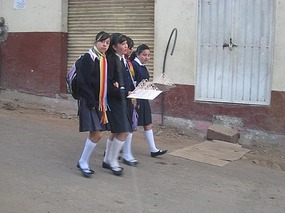
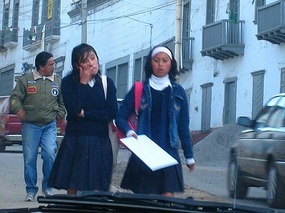
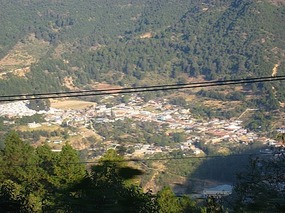

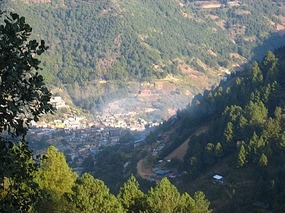
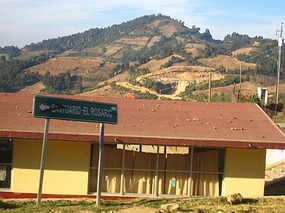
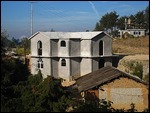



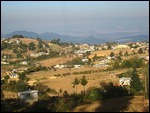
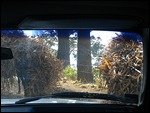
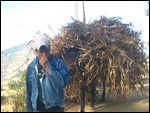
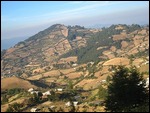
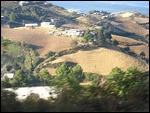
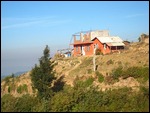
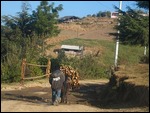
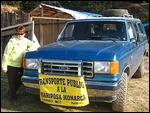
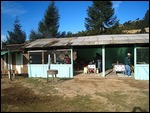
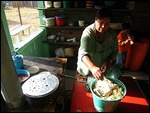
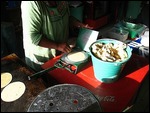
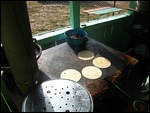
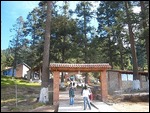
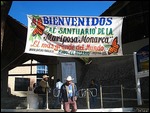
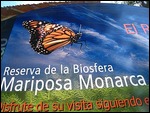
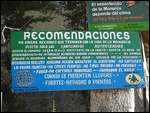

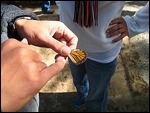
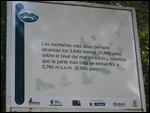
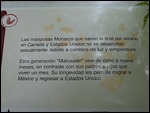
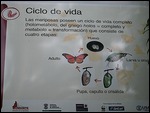
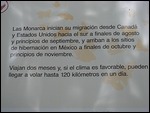
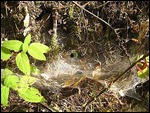
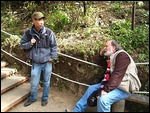
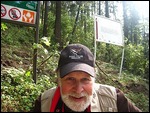
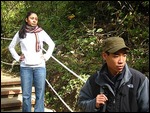
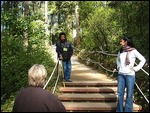
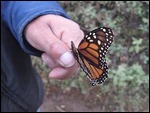
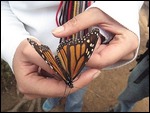
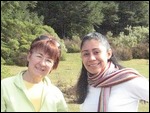
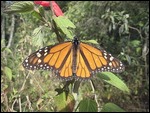
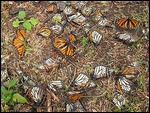

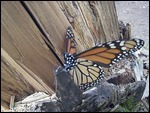
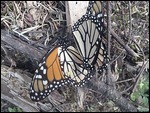
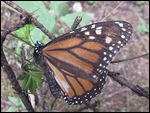
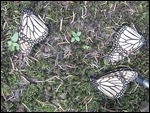

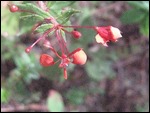
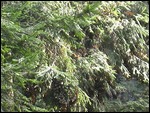
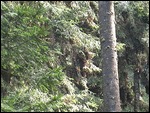
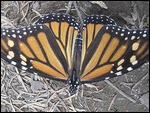
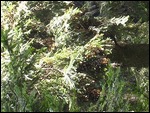

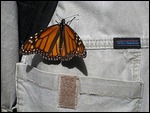
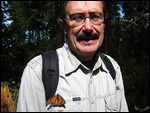
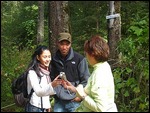

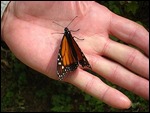
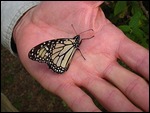
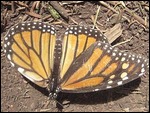
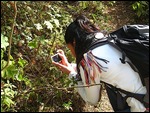
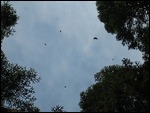
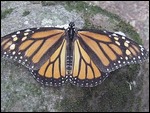
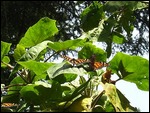

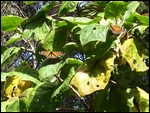
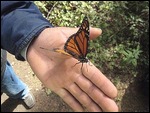
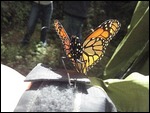
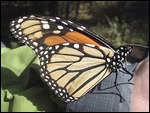

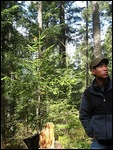

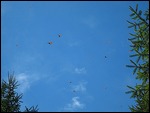
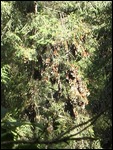
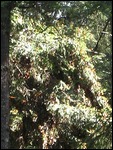

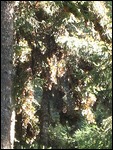
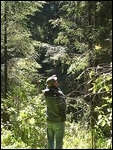
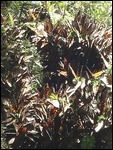

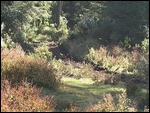
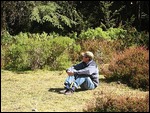
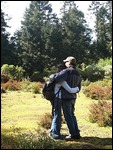
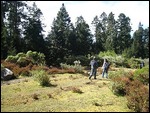
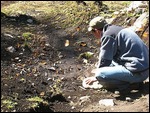
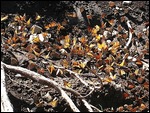
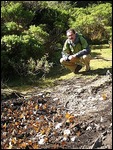
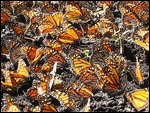
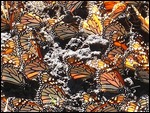
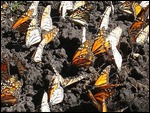
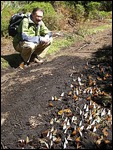
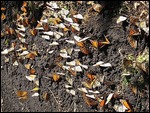
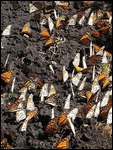
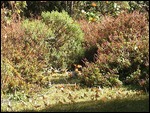

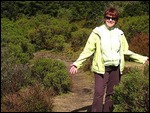
_andrew_
2009-01-04
Monarchs
Glad to hear this was an enjoyable trip; it's too bad your visit didn't coincide with their peak season... I'm looking forward to your next entry!